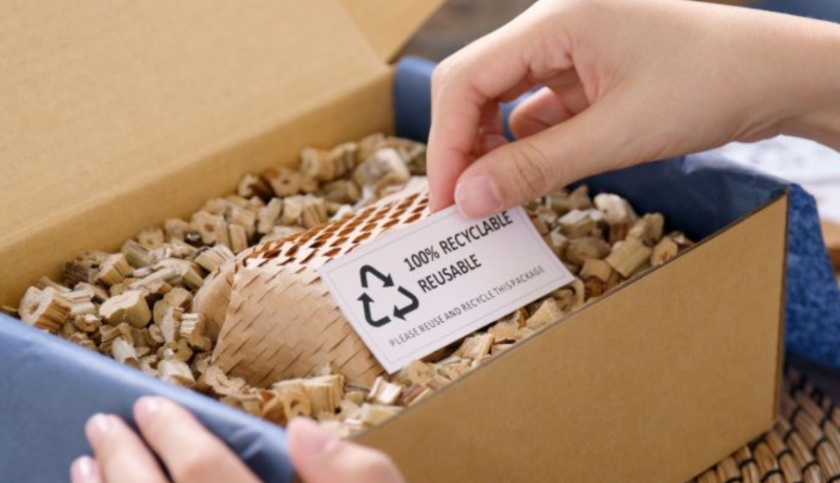
Apparel recycling is getting more advanced by the day, and fast fashion brands like H&M are doing their bit to repair their reputation for selling cheap, short-lived apparel destined for a landfill.
Some H&M locations in Stockholm are now going to have an in-store apparel recycling machine so customers can see first-hand how T-shirts or cotton dresses get broken down and reborn as sweaters, scarves, blankets and more. Let’s say you have an old T-shirt you don’t want anymore. If you lived in Stockholm, you could take it to your local H&M, pay about $15, and five hours later leave the store with a whole new garment.
The point, H&M’s head of sustainability Pascal Brun told Fast Company, isn’t to make apparel recycling the cornerstone of the business’ supply chain, but rather to educate customers that once their clothes reach the natural end of life, they don’t have to just be thrown away.
H&M has historically been a major contributor to apparel waste, with a whopping $4.3 billion of unsold inventory in 2018.
“Several years ago, we realized we needed to invest heavily in fabric recycling,” Erik Bang, innovation lead at the H&M Foundation, told Fast Company. “But one major stopgap would be collecting enough discarded clothes to make this work at scale.”
Adding to the eco-friendly mission, H&M’s recycling process doesn’t use any water or chemicals, and has a lower environmental footprint than making clothes from new materials. H&M invested in Loop technology for this, and hopes to start manufacturing clothes using recycled fibers for off-the-shelf consumers.
Customers, especially younger ones, are looking for ethically sourced apparel. This means items that are made by people making a livable wage, use fewer nonrenewable resources, and hold up over time. No one wants a shirt that they’ll just need to throw away in a week after it falls apart. This is the three R’s in practice: reduce virgin materials, reuse materials for new products and recycle fiber when possible.


